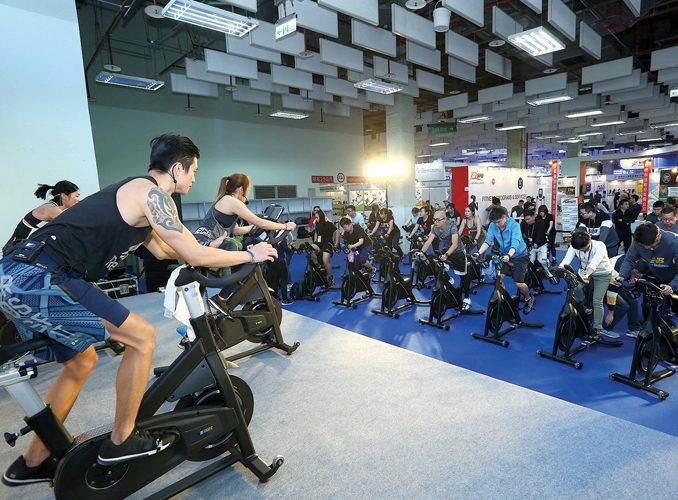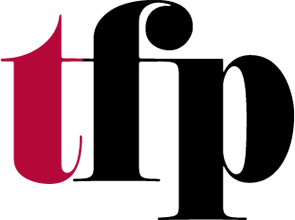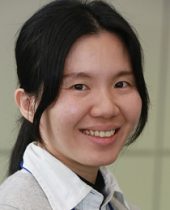Keeping in shape is big business
Fitness equipment made on the island plays a major role in the development of the global health and fitness industry, which is poised to grow even more in the coming years
In this modern and stressful world, keeping fit and healthy is at the forefront of many people’s minds.
Changing lifestyles and health habits, along with increased awareness of how to live well, have led many across the globe to value the importance of exercise.
Therefore, working out – and doing so in the many fitness centres around the world – has become increasingly popular.
Being part of something big
The global fitness equipment industry – treadmills, free weights, weight equipment, cross-trainers and the like – is big business, having been valued at US$ 8 billion in 2017. And the export market for products made on the island mirrors this trend. The market is worth more than NT$ 40 billion each year (US$ 1.3 billion equivalent), with exports primarily to China, Germany, Japan, the United Kingdom and the United States – the top three products being fitness equipment, golf equipment and outdoor sports equipment.
Fitness equipment is one of the most important revenue generators for the island’s economy.
In 2017 the island exported more than US$ 800 million worth of equipment and products worldwide, the main markets being the United States and European Union.
For the United States, equipment from the island accounted for about 20 per cent (US$ 310 million worth) of all fitness equipment imports in 2017.
And as people around the world – especially in urbanised and developing nations – are increasingly aware of the benefits of exercise in combating obesity and a host of diseases, the demand for fitness equipment is expected to rise. The industry on the island is projected to grow at a rate of 6 per cent over the next few years.
In numbers
The island exported US$ 800 million in 2017
Of US imports of fitness equipment in 2017, equipment from the island accounted for 20%
The fitness industry on the island is set to grow at 6% over the next few years
 © Taiwan External Trade Development Council, TAITRA
© Taiwan External Trade Development Council, TAITRA
Global fitness industry was worth
US$ 8 billion in 2017
How it began
For more than four decades the island has been producing sports equipment, initially in the form of tennis rackets for professional players.
Local fitness equipment suppliers began making equipment for the fitness industry in 1980 on an original equipment manufacturing (OEM) basis, meaning that a company that makes parts and products for other companies sells them under its own name or uses them in its own products.
By around 1990 some of the world’s top fitness brands were inking OEM contracts with manufacturers on the island.
As the 1990s progressed, local companies began helping their customers design products – a cooperative effort known as original design manufacturing (ODM). Moving into ODM gave suppliers on the island the edge in an increasingly crowded industry.
Leading brands
Manufacturers on the island are now often the top choice for many importers because of their high quality and innovative products at competitive prices.
One producer is Johnson Health Tech (JHT). JHT, founded in 1975, is among the world’s largest and fastest-growing fitness equipment manufacturers and is home to some of the most respected brands in the fitness industry, including Matrix, Vision and Horizon. The company manufactures a wide range of equipment for both commercial and residential use, including treadmills, cross-trainers, exercise bikes and strength training equipment.
Matrix Fitness, one of JHT’s top products and one of the world’s fastest growing commercial fitness brands, has launched an entirely new cardio machine called the S-Force Performance Trainer. The unique design of this product will change both athletic training and the way fitness facility members experience high-intensity interval training (HIIT) in circuits, small group training and on the cardio floor.
“We know that high school and college coaches are always trying to improve their athletes’ acceleration,” explains Peter Sell, Director of Product-Commercial at JHT.
“At the same time we thought we could do more with high-intensity interval training, both in group environments and as a stand-alone workout. The unique design of S-Force fits really well in a space where we could address both athletics and HIIT.”
With governments around the world promoting initiatives to raise awareness of health and fitness, the growing number of fitness centres and the resulting increase in demand for equipment, manufacturers on the island are set to go from strength to strength.



